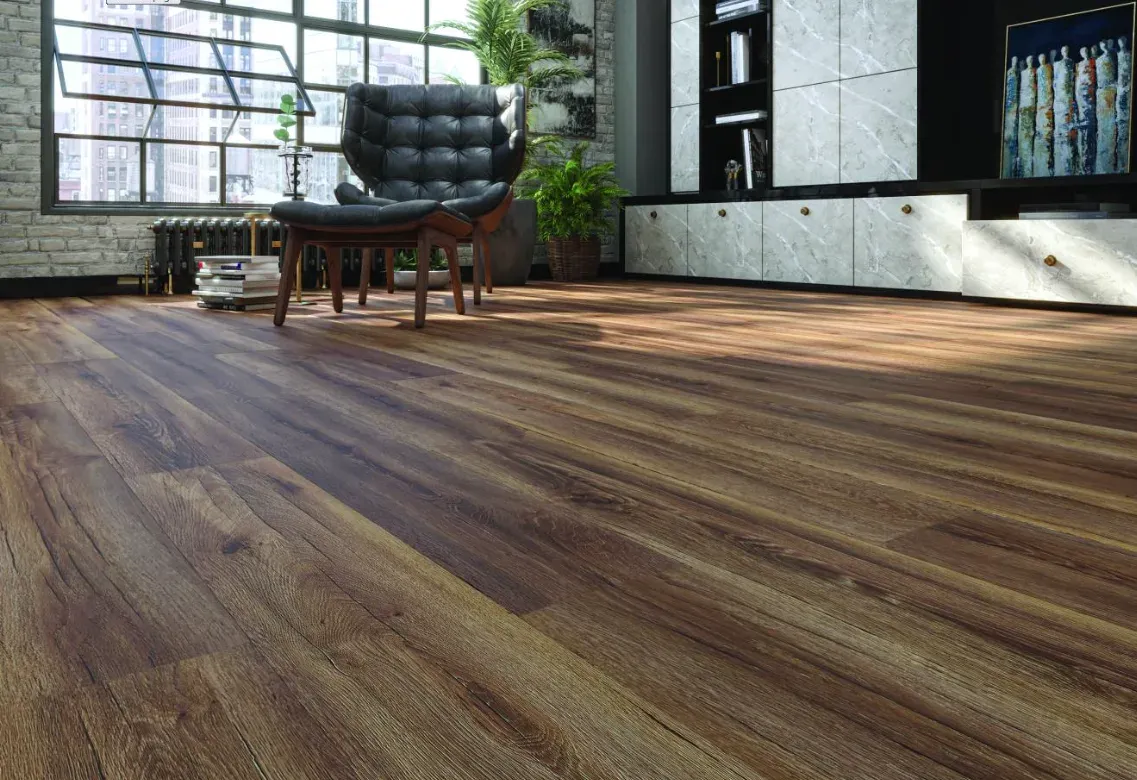type of hard flooring
Exploring Different Types of Hard Flooring
Hard flooring is a popular choice among homeowners and interior designers alike due to its durability, aesthetic appeal, and ease of maintenance. With a variety of options available, understanding the different types of hard flooring can help you make informed decisions when it comes to interior design and functionality. Here, we will explore some of the most common types of hard flooring hardwood, laminate, tile, and vinyl.
1. Hardwood Flooring
Hardwood flooring is considered one of the most classic and elegant options available. Made from solid wood planks, it offers a warm and timeless look that enhances the beauty of any home. Available in various wood species, colors, and finishes, hardwood floors can vary drastically in price and style. One of the main advantages of hardwood is its longevity; when properly maintained, it can last for decades. However, hardwood is susceptible to scratches and water damage, making it less ideal for high-moisture areas like bathrooms or basements.
Laminate flooring is an engineered product made of several layers fused together, with a photographic layer that mimics the look of real wood or stone. It is a more affordable alternative to hardwood while still offering a stylish appearance. One of the main benefits of laminate is its resistance to scratching and fading, making it suitable for high-traffic areas. Additionally, laminate flooring is relatively easy to install, often featuring a click-lock design that does not require glue or nails. However, while laminate is durable, it cannot be refinished like hardwood, and water exposure can damage it over time.
type of hard flooring

3. Tile Flooring
Tile flooring, made from materials such as ceramic, porcelain, or stone, is another versatile option that comes in a multitude of styles, colors, and textures. Tile is exceptionally durable and resistant to moisture, making it an excellent choice for kitchens and bathrooms. Its hard surface is easy to clean, and it can withstand high foot traffic. One downside of tile is that it can be cold underfoot and may require grout to be sealed to prevent staining. Additionally, the installation of tile can be labor-intensive and may require professional help.
4. Vinyl Flooring
Vinyl flooring has gained popularity in recent years due to its affordability, water resistance, and ease of installation. Available in sheets, tiles, or planks, vinyl can replicate the look of natural materials without the high cost. It is soft underfoot, making it comfortable for standing for extended periods, and is easy to clean and maintain. However, while vinyl flooring is durable, it can be prone to scratches and dents and may not add as much value to a home as hardwood or tile.
In conclusion, choosing the right type of hard flooring depends on your lifestyle, budget, and design preferences. Whether you opt for the classic look of hardwood, the affordability of laminate, the durability of tile, or the versatility of vinyl, each option has its unique advantages and considerations that make it suitable for different spaces.
-
modern-interior-solutions-with-durable-pvc-material-skirtingAug.22,2025
-
elevating-outdoor-spaces-with-premium-wood-material-skirtingAug.22,2025
-
Waterproof Advantages of SPC Flooring Vinyl in KitchensAug.06,2025
-
SPC Hybrid Waterproof Flooring Thickness GuideAug.06,2025
-
Leveling Subfloor Before My Floor SPC InstallAug.06,2025
-
How Mesh Deck Skirting Improves Outdoor Pest ControlAug.06,2025




